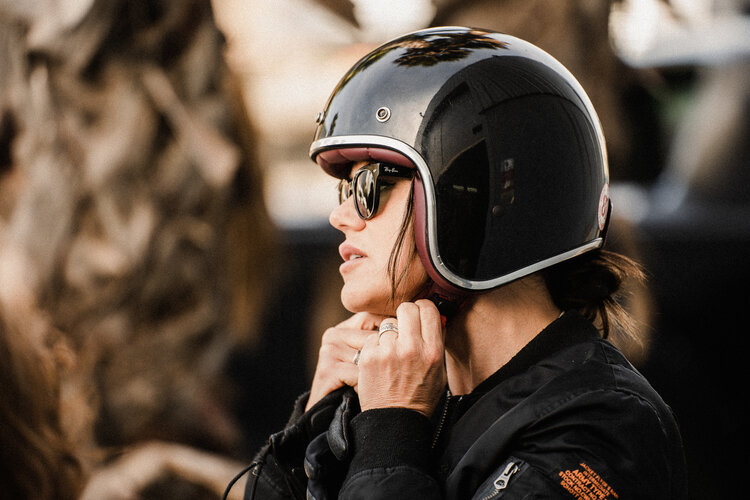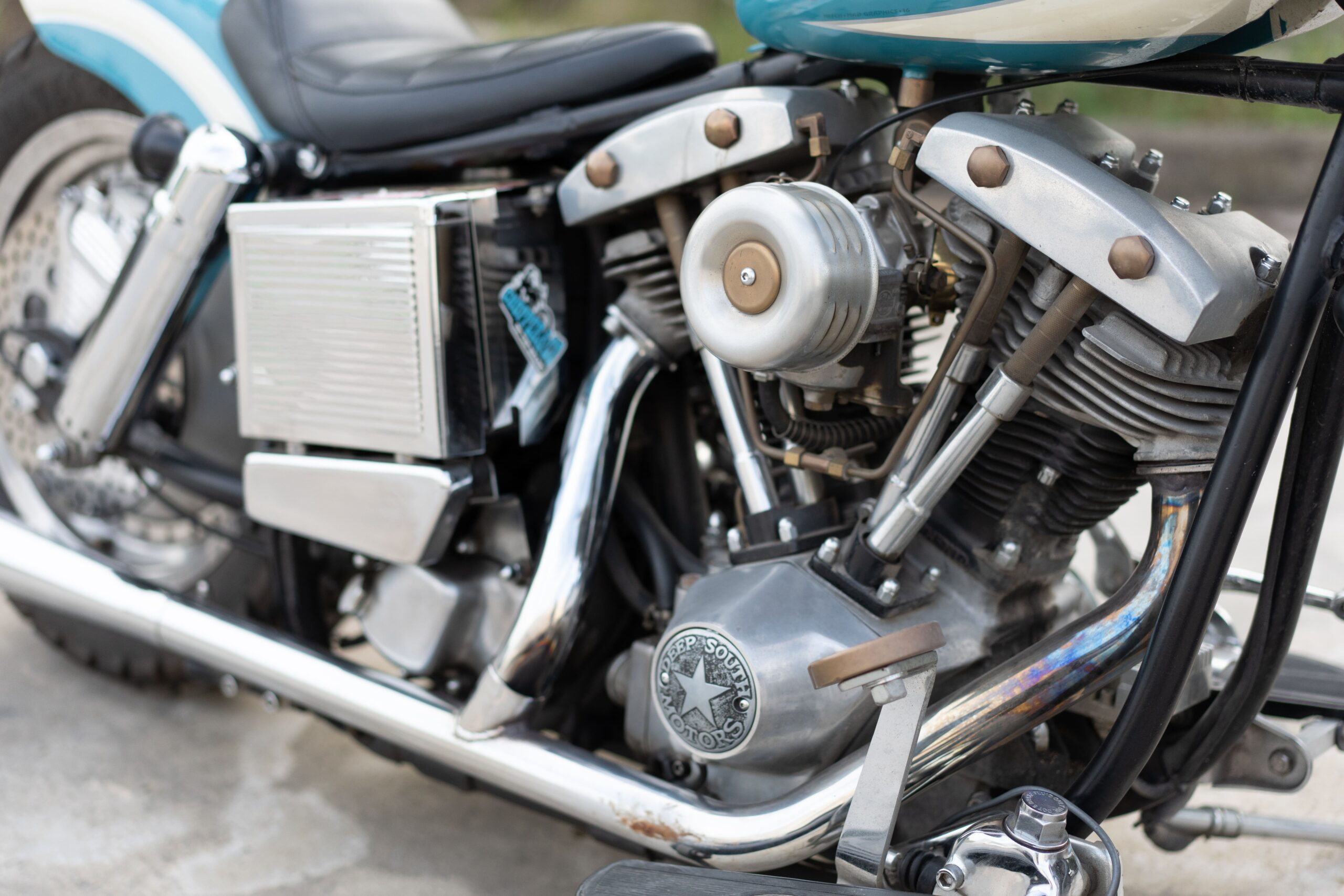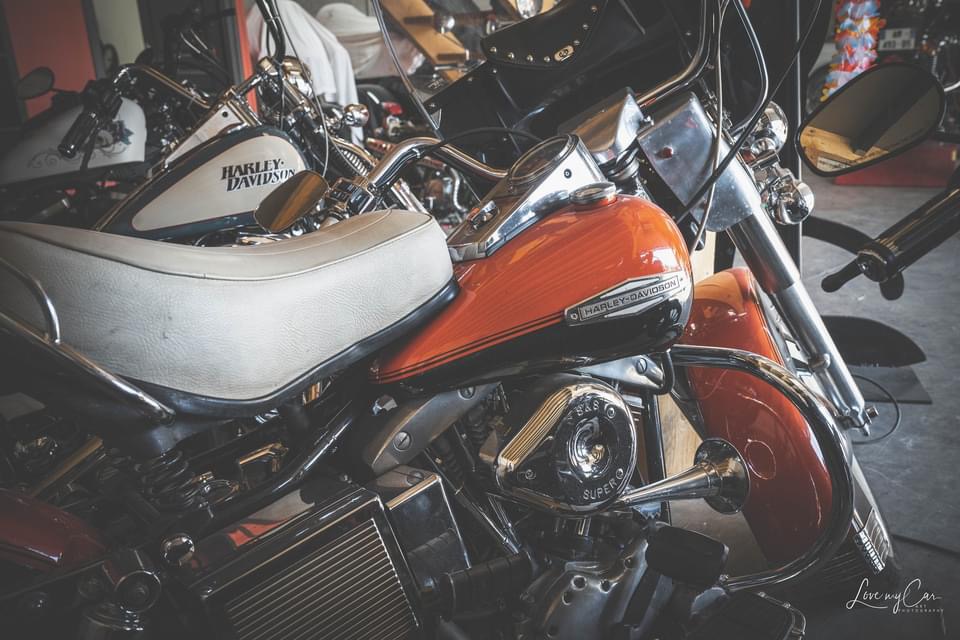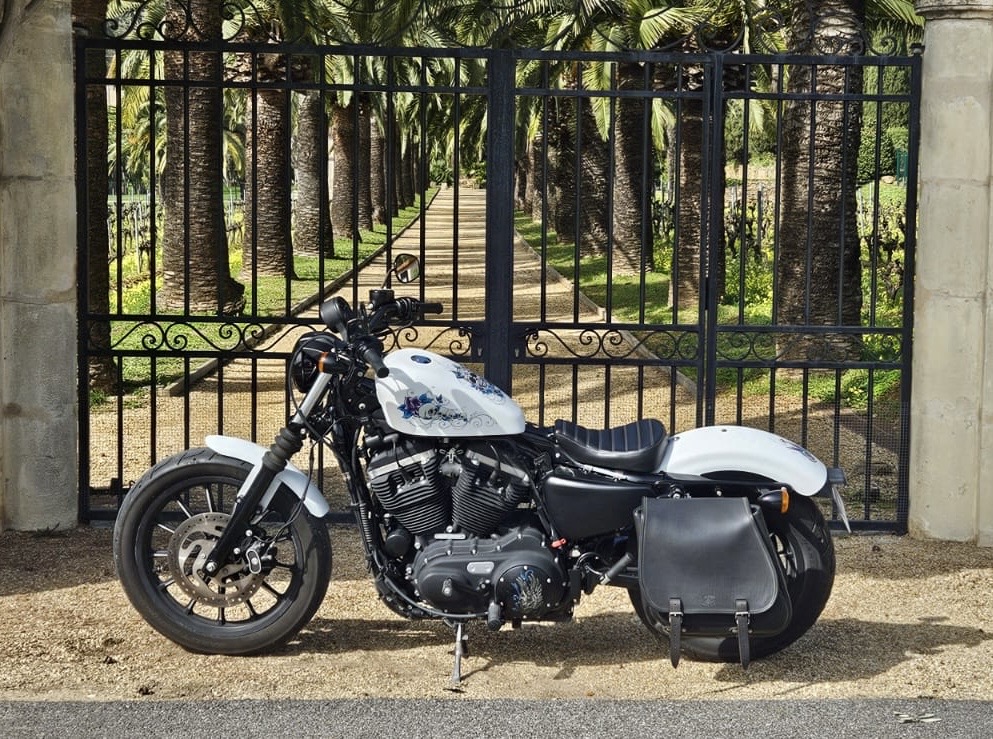 23 April 2024
23 April 2024
The choice of helmet
When you hit the road on a motorcycle, the question of choosing a suitable helmet necessarily arises. Wearing a helmet is a legal obligation but above all and above all a matter of protecting the driver and his/her passenger if applicable. Everyone has their own idea of the shape, color, brand or even the technical characteristics that helmets and gloves should have. Here are some considerations to take into account when making this choice. Helmet type The full-face helmet that offers the best protection by covering the entire head and face. The modular helmet which combines the advantages of full-face and jet helmets, with a flip-up chin guard. The jet helmet which protects the skull but leaves the face uncovered. The all-terrain helmet that is designed for off-road, with an elongated visor and a more prominent chin for ventilation. Size and fit A helmet must fit properly to be effective. A helmet that is too loose or too tight can be uncomfortable and less protective. It is important to measure your head circumference and try on several sizes and styles to find the best fit. Approval and safety standards There are different types of approval and safety standards applicable to motorcycle helmets to ensure that they have passed the necessary tests. In Europe, ECE 22.05 is the applicable standard. In the United States, DoT (Department of Transport) Snell standards are applicable. The SHARP standard is the standard used in the United Kingdom. For more details, you can consult the information provided by the French government here and that provided by the United Kingdom government here. Even if the standards are sometimes equivalent, the approvals are not necessarily compatible. For example, DoT and Snell approvals are not valid in Europe and expose offenders to fines and loss of points. Materials The materials used to make a helmet will affect its weight, durability and level of protection. Helmets can be made of polycarbonate, fiberglass, or carbon fiber, with each material offering a different balance of protection and weight. Ventilation, visibility and fields of vision A helmet must offer optimal comfort, with good ventilation, in particular, to prevent the accumulation of fogging on the visor. The visor must offer clear and wide vision for better visibility. Weight The weight of the helmet is an important factor, especially for long journeys. A lightweight helmet reduces neck and shoulder fatigue. Additional Features Some helmets offer additional features such as integrated communication systems, retractable sun visors, or aerodynamic designs to reduce wind noise and improve stability. Vibrations offers for rental and/or sale HJC brand helmets fully approved in France and in the member states of the European Union. Even if the helmets we offer have sun visors, Vibrations advises you to keep your glasses on, particularly if they are glasses adjusted to your eyesight.Check out our other blog posts

The sound of motorcycles
A motorcycle has a particularly distinctive sound. To the point that some are able to recognize a machine (its brand, its model) by... ...

How does a motorcycle engine work?
The engine of a motorcycle operates according to the fundamental principles of any internal combustion engine. 1. Basic principles... ...

Intake by carburetor or injection
It's no secret that, at Vibrations, we are a fan of motorcycles whose intake is via a carburetor. This is even the reason for... ...

Melody in valves: the “potato potato” of Harleys
Ah, the Harley-Davidson sound, unique, right? The melody that their engines give off is so characteristic that it is impossible not to... ...

Luggage storage
When you hit the road on a motorcycle, the question of what you can or cannot take with you necessarily arises, sometimes even for a trip... ...

The choice of gloves
When choosing motorcycle gloves, several key considerations can help you make the best choice for your needs:... ...